
Click on images for larger view
No less an authority than Allen Murabayashi, Chairman and Co-founder of Photoshelter, posted an article on his site’s blog posing this very question. I was somewhat surprised when I saw the title of the article, and at first I dismissed it as someone seeking a bit of controversy for the sake of it.
Then I began to ponder the question. Is Black + White a gimmick?
Originally, all photography was b+w, and, apart from some early pioneers, it remained that way for several decades. The question then was not “is b+w a gimmick?”, but rather “is photography a gimmick?” B+W was all you had. In the 1930s, as Murabayashi states, Kodak introduced Kodakchrome, and colour became “mainstream”.
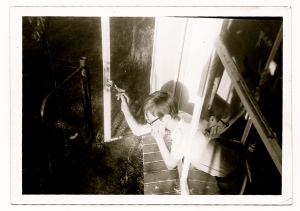
Growing up in the 50s and 60s I can remember very few (perhaps only two) people who used Kodachrome, or colour slides as we plebs used to call them. The vast majority of us still used “normal” black and white film. Colour slides were for people who took their photography seriously. But there was no getting away from it, those Kodachrome pictures were impressive. I’m not talking about impressive from a colour rendition perspective – who the heck knew anything about colour rendering back then? – I’m talking about impressive due to the simple fact that they were in colour. Of course we saw colour photographs in magazines, but here was a picture, shot by Uncle George, who was just “one of us”, that was also in colour.
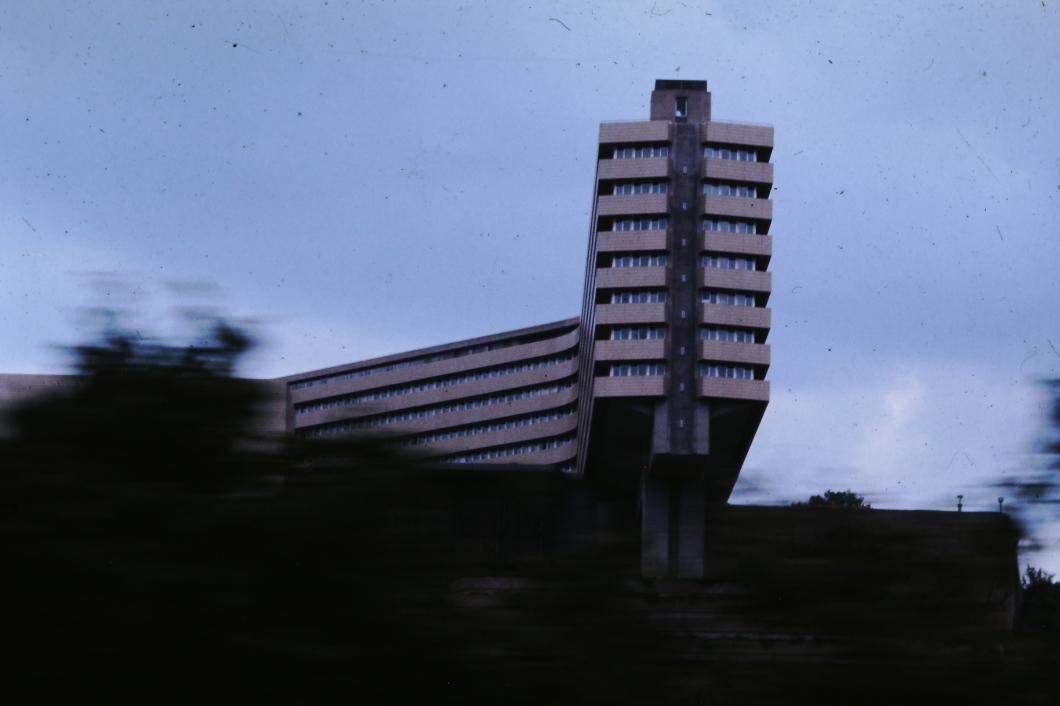
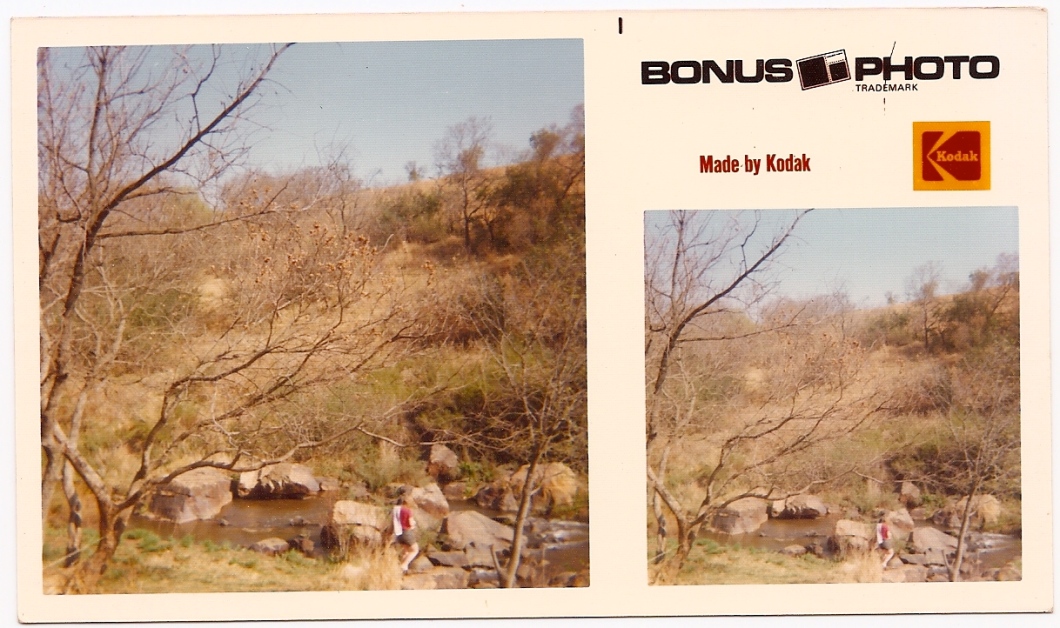
Only b+w film went into our family camera, a Kodak Brownie. We didn’t even think of it as black and white, to us it was just film. We didn’t even know if the camera could shoot colour! If someone had asked us “Why don’t you take colour pictures?” we would probably have replied “because we only have a black and white camera.” In that context one may well have asked “Is colour photography a gimmick?”
Colour really came into its own when cheap, fast, print emulsions appeared on the scene. Easy to process with non-proprietary processes, suddenly everyone could “take” colour pictures – even people who weren’t interested in photography per se.
And with the arrival of the automated one-hour photo lab, it appeared black and white photography was headed for the “remember when” basket.
As colour film and processing became the dominant force in photography, the use of b+w became more of a creative choice. Black and white photography still relied on traditional developing and printing skills which relatively few people were interested in mastering.
But, here’s the thing; even when black and white was all we had, there were still relatively few people who were interested in mastering processing and printing skills. By far the majority of us were happy to drop our film off at the chemist and pick up the negatives and enlargements a few days later. Only “serious” photographers did their own processing. What’s more, the same later applied to colour processing as well. Because no matter how easy colour became, there were still a few people who wanted to do it themselves. Let’s face it, no one-hour lab could do the job as well as a skill;ed darkroom technician. Still, no-one asked if black and white photography was a gimmick.
Another aspect to this conundrum is of course that “older” photographers learned their craft on black and white. Those who took their craft seriously only began to experiment with colour after they had mastered black and white. Some, like Alfred Eisenstaedt, never really moved on to colour in any significant way. I remember seeing the legendary Mr. Eisenstaedt when he gave a lecture at an exhibition of his work at the Johannesburg Art Gallery. In the closing minutes of that lecture he put up a few colour shots he’d done on his travels in South Africa. During question time he was asked if his approach to colour was any different to his approach to black and white. “Oh yes,” he replied, “very different. When I want to shoot in colour I put colour film in my camera.”
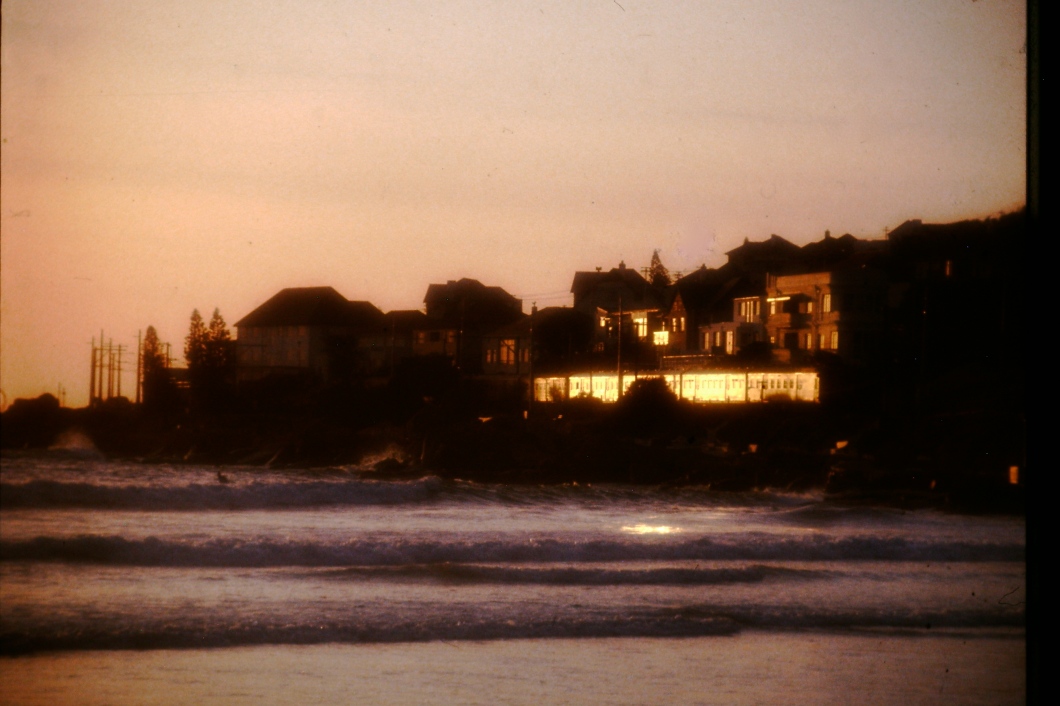
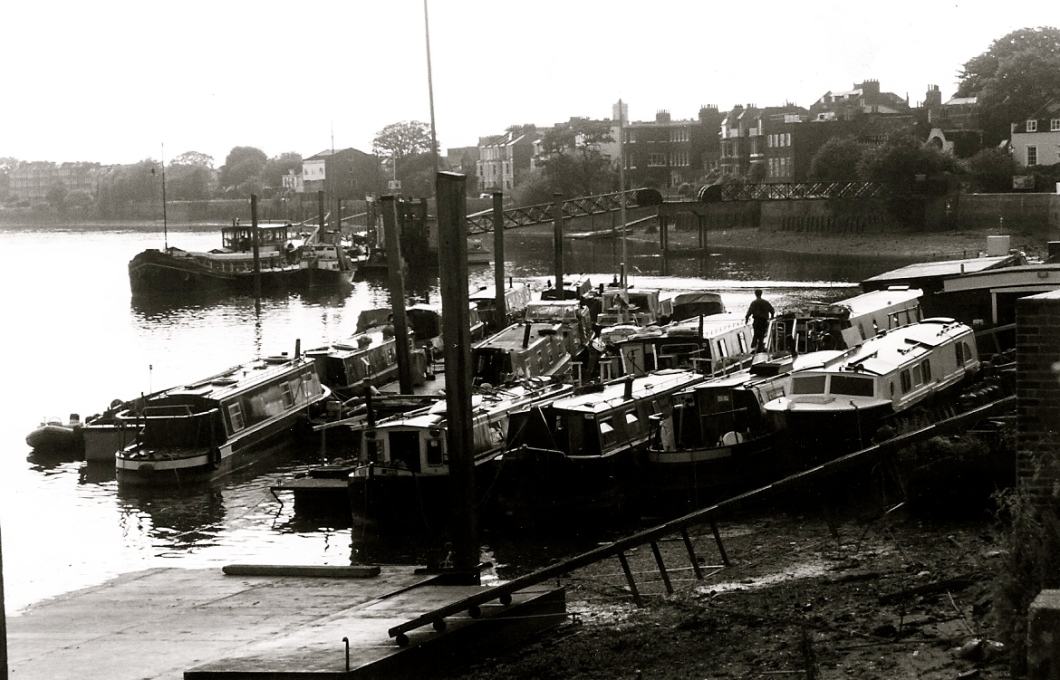
It may have been a creative choice, but it wasn’t a gimmick any more than colour was. And there were still enough enthusiasts willing to pursue monochrome to make it a viable proposition for companies making the necessary tools for it; film, chemicals, paper, enlargers, trays, and all the other accoutrements of the analogue dark room, well into the 1990s.
The Digital Age
Everything, of course, has to start somewhere. The first digital camera to hit the consumer market was the Logitech Photoman, released in 1990. And guess what? It only shot black and white pictures. That’s right, if you wanted to shoot digital pictures in 1990, you could only do so in glorious greyscale. And with only 376×240 pixels, the pictures were not great. In some ways the dawn of digital photography was quite similar to the ascendance of analogue.
These days, everyone who carries a cell phone also carries a camera. The world has never been as photographed as it is today. And whether we carry a smart phone or stand-alone camera, we’ve never been this spoiled for choice. Switching from colour to black and white is as easy as pressing a button.
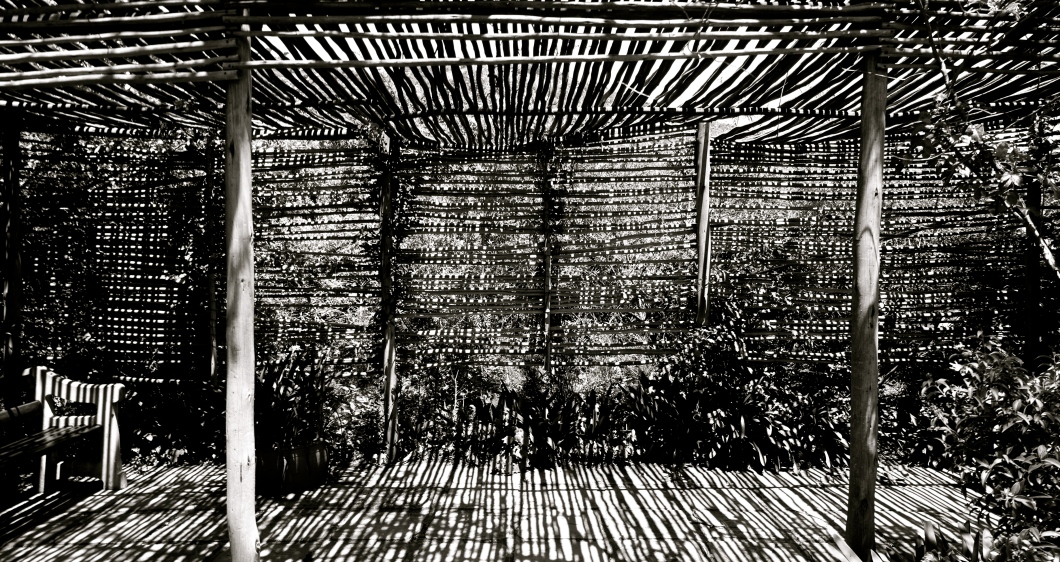
With each advancement in photography the photographer’s choices have increased. At one time large format was the only format. Then small and medium format became available. Once there was only black and white. Then along came colour transparency and suddenly we could choose colour or mono. Then colour print technology arrived on the scene so we could choose how we wanted to shoot our colour. Then SLRs gave us a massively expanded range of lenses to choose from. And so on, and so on. It’s simply a matter of choice. And our choice depends on what we want to say. In fact, I believe it’s what we are trying to say, or convey to the world, that should be the underlying reason for any choice we make about both equipment and treatment.
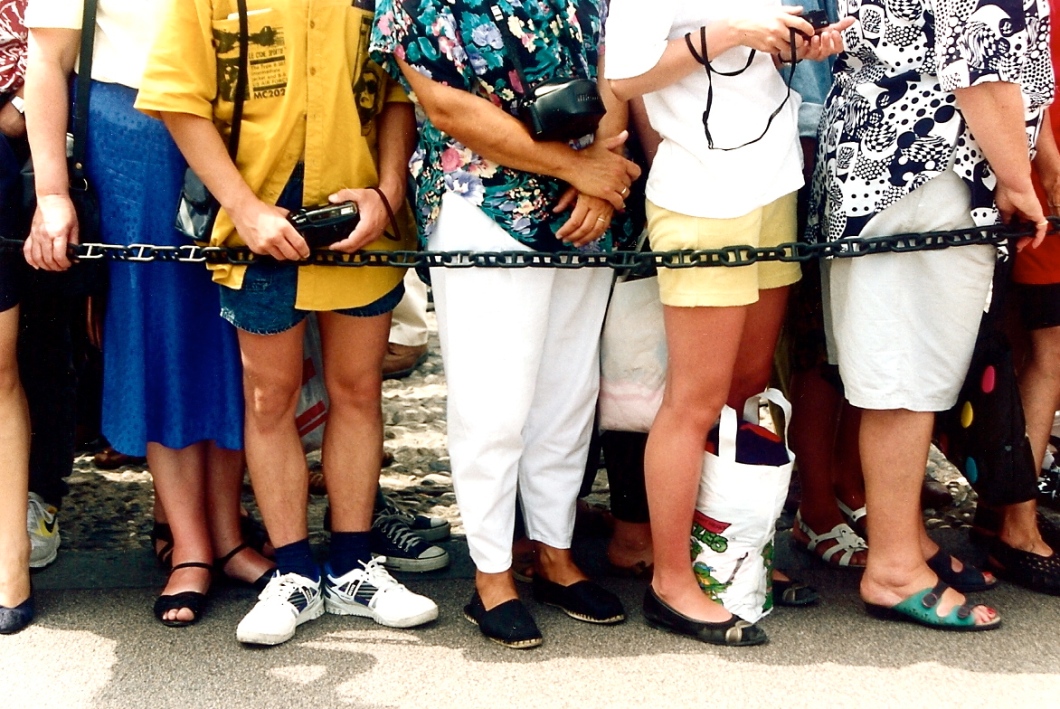
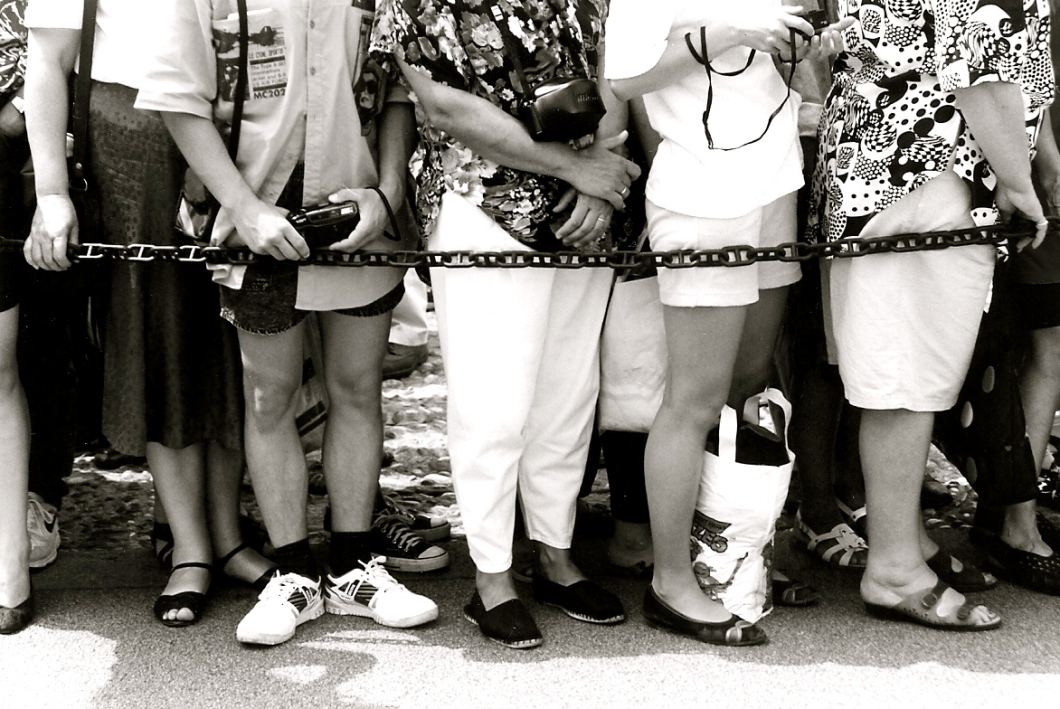
With this underlying attitude to photography, there are really only two questions to answer: 1.) Will the equipment I’m using help me realise my vision as a photographer? and 2.) Will the treatment I have in mind for this picture (or body of work) help me convey the message I want to convey? If a black and white treatment will better convey your message then that’s what you should use. It’s not about is which is better, or if one is a gimmick or not. They are equal. But different.
That’s why I don’t believe b+w in this day and age is a gimmick. If it is, then shooting in colour is just as much of a gimmick.
In all fairness, Murabayashi doesn’t conclude that black and white is a gimmick. I think he takes a very very balanced view of the subject. My response is more a response to the title, which poses an interesting question, rather than the entire post. His post quotes several photographers and makes for interesting reading if this topic interests you. You can find his original Photoshelter article here
Photography seems to go in circles, doesn’t it! When I was young, there was only B&W. My mom used to hand tint B&W prints. Once colour film arrived, that was all we used – but my daughter went back to B&W, and even started to develop and print her film at home. Our whole family uses digital cameras now and we can switch between B&W and colour with a simple change of setting right on the camera!
I wish I’d had one of today’s digital cameras when my family was young, or when I was still doing quite a bit of traveling. I would have taken a lot more photos back then if good cameras had been simpler to use, and the cost of developing and printing hadn’t been a factor!
Clearly you come from a family that understands the joy, and appreciates the value, of photography. Hand tinting is not to be undertaken lightly! Thank you so much for stopping by and leaving your thoughts. Much appreciated.
What a wonderful, thought-provoking post! These are questions I wrestle with, too — and like you, I’ve found no simple “always-right” answer. But thanks to your wonderful images, I’ve come a bit closer to accepting (in spite of what many “big name” photographers say) that it’s OK to shoot in both color *and* B+W, depending on the message and mood you’re trying to convey. Marvelous.
Actually, Heather, I don’t think there is an “always right” or, for that matter, “always wrong” answer, either. We are all free to follow our own muse. Thanks for the lovely comment. It’s always good to know one’s efforts are appreciated.